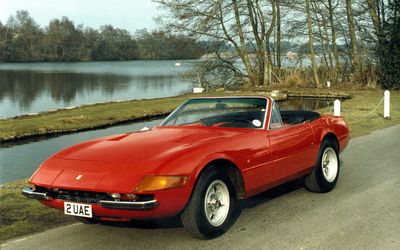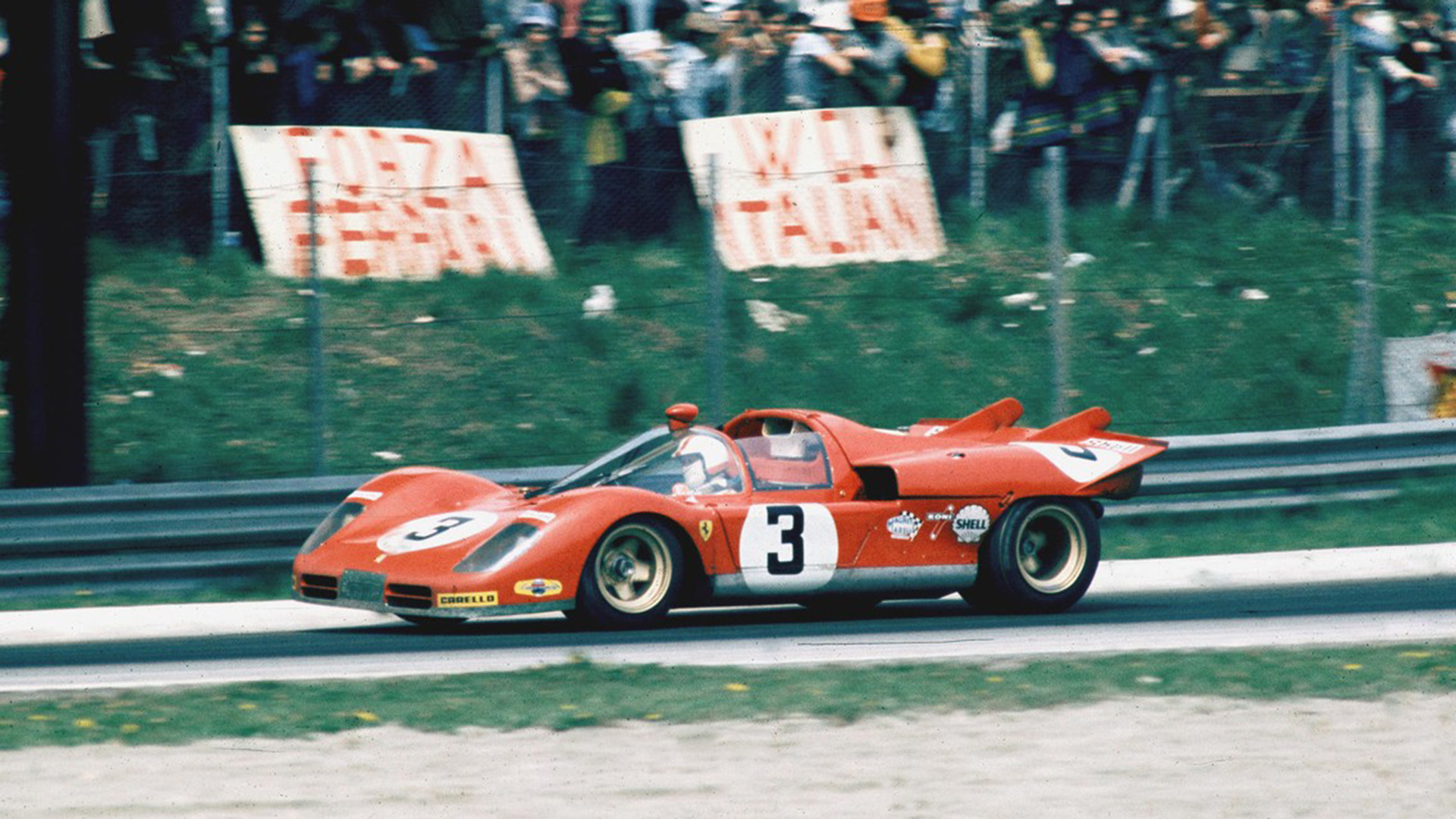








A NEW PARTNER
FIAT BECOMES A FERRARI SHAREHOLDER






A NEW PARTNER
On 21 June 1969, it was announced that 50% of Ferrari had been bought by Fiat. However, the two brands shared a close relationship even before then, with their first collaborative project dating back to 1950.

When Lancia decided to retire from competition racing, it was Fiat, together with the Automobile Club of Italy, that made sure that everything owned by the company (cars, parts, transporters and other property owned by Lancia’s racing division) was handed over to Ferrari free of charge. The motivation behind this move was to prevent the trade secrets and expertise of the Italian company from being exploited abroad. Prince Filippo Caracciolo, father-in-law of Gianni Agnelli and President of the ICA, was busy working on an agreement that facilitated the donation of all Lancia’s materials to Ferrari, while Fiat agreed to allocate a non-repayable contribution of 50 million lire for five years – a total of 250 million, a very considerable sum for the time. The purpose of the agreement was clear: to increase Ferrari’s victories in the international arena, thus bringing great prestige to the entire Italian automotive industry and promoting the sales of Italian cars in other markets. Vittorio Valletta, who hadadmired Ferrari since 1932 (an appreciation which is verymuch reciprocated), reached an agreement with Mr. Agnelli, who was destined to be the successor of the Fiat presidency.
In 1950, Gianni Agnelli was 29 years old, with no management powers, but he was nonetheless the representative of the family who held majority shares in the company. He became CEO in 1963, and Chairman three years later. Agnelli was a great admirer of Ferrari cars, and indeed, became a customer of the brand. His first Ferrari was a 166 MM Touring Superleggera, from 1948; later his others included the 365 P and the Testarossa Spider. Over the years, Enzo Ferrari was aware that he could no longer bear the financial burden of the marque’s sporting activity alone, and in 1963, came close to selling to Ford. The tough negotiations lasted throughout April and May, but just before he signed, Enzo backed out, preserving the autonomy of the brand’s racing division. The desire to find a strong ally, however, remained paramount, and in 1965, Ferrari reached an agreement with Fiat to produce the 6-cylinder Dino engine, designed by Ferrari and developed at the factories of the Turin-based company, to be fitted on the new Fiat Dino, spider and coupé. Soon after came the Dino Ferrari, made in Maranello. Ferrari was required to receive type-approval for the Ferrari Dino 166 for F2, and to do this, the company built more than 500 production models, with the engine designed during this period by Enzo’s son. From then on, the conversations between Ferrari and Agnelli regarding a possible takeover became increasingly frequent.

At one point, it seemed that Giovanni Luraghi’s Alfa Romeo was keen to get involved, and it looked as though a three-way agreement would take shape. In the end, Luraghi pulled out. On 18 June 1969, Ferrari and Agnelli met in Turin to sign the contract, which was made public three days later. Fiat and Ferrari joined forces, celebrating the start of a very long engagement.
